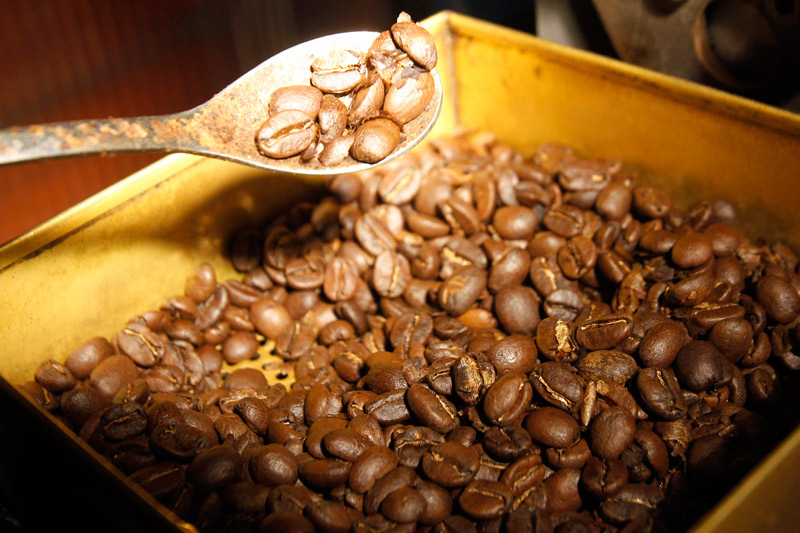Investing.com - U.S. soft futures were mixed during early U.S. morning trade on Monday, with sugar and cotton prices advancing on the back of concerns over a disruption to supplies from Brazil, the top producer of both commodities.
On the ICE Futures U.S. Exchange, sugar futures for October delivery traded at USD0.2000 a pound, climbing 0.55%. It earlier rose by as much as 0.85% to trade at a session high of USD0.2009 a pound.
Prices touched a two-month high of USD0.2179 a pound on June 21, as concerns that heavy rains in Brazil could damage sugarcane crops in the country’s center-south region boosted sentiment on the sweetener.
Brazil’s Center South-region produces nearly 90% of the nation’s sugar. Brazil is the world’s largest sugar producer and exporter, with the USDA estimating the nation accounts for nearly 20% of global production and 39% of global sugar exports.
Market participants noted that the sugar market remains in a major bear trend. Prices are down approximately 45% since hitting a three-decade high of USD0.3594 in February of last year.
Meanwhile, Arabica coffee for September delivery traded at USD1.6035 a pound, jumping 1.15%. It earlier rose by as much as 1.25% to trade at USD1.6078, the highest since June 20.
Coffee fell to as low as USD1.4887 a pound on June 14, the lowest for the second-month contract since mid-June 2010, as the market moved lower ahead of the harvest from Brazil.
But market analysts have noted that the approaching frost season in Brazil should limit any potential downside in coffee in the near-term.
Coffee prices have been under pressure in recent months, losing nearly 35% since mid-January as traders eyed a huge harvest in top grower Brazil and speculators pushed prices lower.
Market participants said that coffee prices remain vulnerable to losses as hedge funds and large institutional investors liquidate long positions amid concerns over the global macroeconomic outlook.
Jitters over the global economic outlook have pressured soft commodities in recent weeks.
Elsewhere, cotton futures for October delivery traded at USD0.6985 a pound, shedding 0.95%. It earlier fell by as much as 1.05% to trade at a session low of USD0.6979 a pound. Front-month prices slumped to a 32-month low of USD0.6617 a pound on June 4.
Cotton’s losses were limited after the U.S. Department of Agriculture said in its weekly crop progress report published after Monday’s closing bell that nearly 50% of the crop was rated in ‘good’ to ‘excellent’ condition as of June 24, down from 53% a week earlier.
In the major producing state of Texas, only 36% of the cotton crop was seen as in ‘good’ or ‘excellent’ health.
Despite the recent gains, the fiber is still down almost 65% from a record in March 2011 as higher prices prompted farmers to plant more crops and demand in top consumer China slowed.
On the ICE Futures U.S. Exchange, sugar futures for October delivery traded at USD0.2000 a pound, climbing 0.55%. It earlier rose by as much as 0.85% to trade at a session high of USD0.2009 a pound.
Prices touched a two-month high of USD0.2179 a pound on June 21, as concerns that heavy rains in Brazil could damage sugarcane crops in the country’s center-south region boosted sentiment on the sweetener.
Brazil’s Center South-region produces nearly 90% of the nation’s sugar. Brazil is the world’s largest sugar producer and exporter, with the USDA estimating the nation accounts for nearly 20% of global production and 39% of global sugar exports.
Market participants noted that the sugar market remains in a major bear trend. Prices are down approximately 45% since hitting a three-decade high of USD0.3594 in February of last year.
Meanwhile, Arabica coffee for September delivery traded at USD1.6035 a pound, jumping 1.15%. It earlier rose by as much as 1.25% to trade at USD1.6078, the highest since June 20.
Coffee fell to as low as USD1.4887 a pound on June 14, the lowest for the second-month contract since mid-June 2010, as the market moved lower ahead of the harvest from Brazil.
But market analysts have noted that the approaching frost season in Brazil should limit any potential downside in coffee in the near-term.
Coffee prices have been under pressure in recent months, losing nearly 35% since mid-January as traders eyed a huge harvest in top grower Brazil and speculators pushed prices lower.
Market participants said that coffee prices remain vulnerable to losses as hedge funds and large institutional investors liquidate long positions amid concerns over the global macroeconomic outlook.
Jitters over the global economic outlook have pressured soft commodities in recent weeks.
Elsewhere, cotton futures for October delivery traded at USD0.6985 a pound, shedding 0.95%. It earlier fell by as much as 1.05% to trade at a session low of USD0.6979 a pound. Front-month prices slumped to a 32-month low of USD0.6617 a pound on June 4.
Cotton’s losses were limited after the U.S. Department of Agriculture said in its weekly crop progress report published after Monday’s closing bell that nearly 50% of the crop was rated in ‘good’ to ‘excellent’ condition as of June 24, down from 53% a week earlier.
In the major producing state of Texas, only 36% of the cotton crop was seen as in ‘good’ or ‘excellent’ health.
Despite the recent gains, the fiber is still down almost 65% from a record in March 2011 as higher prices prompted farmers to plant more crops and demand in top consumer China slowed.
